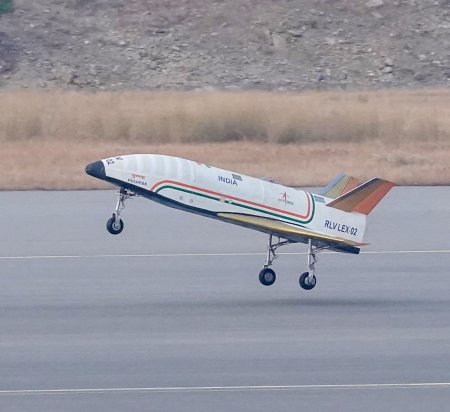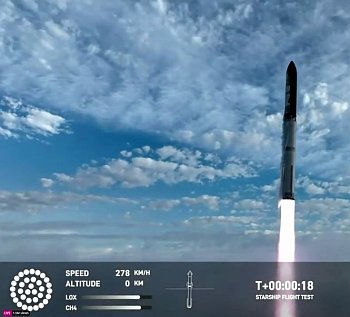UK Space Agency proudly grows
The United Kingdom Space Agency today announced that it is opening four new offices in four different cities, giving it a brand new headquarters as well as a total of five regional offices.
The new HQ at Harwell is due to open in June, while offices at William Morgan House in Cardiff and Space Park Leicester will open in April, with the office at Queen Elizabeth House, in Edinburgh, opening later in the summer.
In addition, the agency will retain its offices in London and Swindon.
Will this expansion alleviate the serious red-tape issues in the United Kingdom that killed Virgin Orbit and have delayed launches at its two new spaceports in Scotland? I have my doubts. The licensing problems in the UK have centered on the number of different agencies and offices that must issue approvals to private space companies. While it might make sense for the UK Space Agency to hire more people, if anything it should be streamlining its operations to one central place.
It appears instead that this bureaucracy is doing what all government bureaucracies do, expanding and growing at the cost of private enterprise. I don’t see how opening many different small offices can possibly help make the licensing procedure faster or easier.
The United Kingdom Space Agency today announced that it is opening four new offices in four different cities, giving it a brand new headquarters as well as a total of five regional offices.
The new HQ at Harwell is due to open in June, while offices at William Morgan House in Cardiff and Space Park Leicester will open in April, with the office at Queen Elizabeth House, in Edinburgh, opening later in the summer.
In addition, the agency will retain its offices in London and Swindon.
Will this expansion alleviate the serious red-tape issues in the United Kingdom that killed Virgin Orbit and have delayed launches at its two new spaceports in Scotland? I have my doubts. The licensing problems in the UK have centered on the number of different agencies and offices that must issue approvals to private space companies. While it might make sense for the UK Space Agency to hire more people, if anything it should be streamlining its operations to one central place.
It appears instead that this bureaucracy is doing what all government bureaucracies do, expanding and growing at the cost of private enterprise. I don’t see how opening many different small offices can possibly help make the licensing procedure faster or easier.













